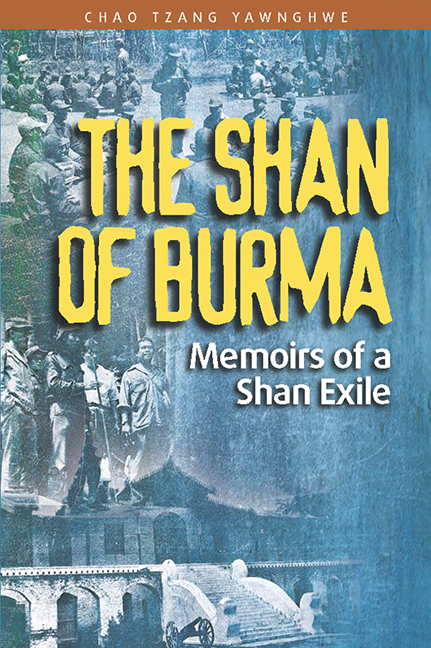In Memorium
Published online by Cambridge University Press: 21 October 2015
Summary
“Chao Tzang” or “Uncle Eugene” as he was affectionately known amongst Burmese democracy activists was a man of many contrasts. His neighbours in Canada would not have guessed that the mild-mannered absent-minded academic had lived through one of the most turbulent periods of Burmese history and that he was himself a key actor in the making of that history. True to his self-effacing and democratic aspirations, few of his friends actually even knew his real name, let alone his royal lineage. Eugene was a name given to him by nuns in primary school and Tzang — “Elephant” — was his nickname as a child. As a son of the ruling “Saopha” (Celestial Lord) of Yawnghwe, he was officially named Sao Hso Lern Hpa — “Prince Tiger of the Celestial Moon”. In those days, the ruler of Yawnghwe ruled his territory as a traditional Shan monarch.
Chao Tzang was born on 26 April 1939 in Yawnghwe in the waning years of the British Empire. His earliest memories were of World War II. He witnessed the historic Panglong Conference where modern Burma was born. Later, his life was transformed from that of a royal prince to that of the son of the first democratic republican president of the Union of Burma. His political consciousness was awakened by the civil war that broke out soon after independence. While studying at Rangoon University, he was disturbed by the direction the country was taking under General Ne Win and soon established clandestine ties with the Karen and Shan resistance. He also began touring Shan State to see what was happening at the grassroots level. In 1962, he had two narrow brushes with death. First, in the early hours of 2 March, when the Burma Army surrounded our home in Rangoon and opened fire. Miraculously, only one brother was killed. Chao Tzang, who rolled off his bed on the ground floor, later found his mosquito net riddled with bullet holes.
- Type
- Chapter
- Information
- The Shan of BurmaMemoirs of a Shan Exile, pp. xi - xiiPublisher: ISEAS–Yusof Ishak InstitutePrint publication year: 2010

